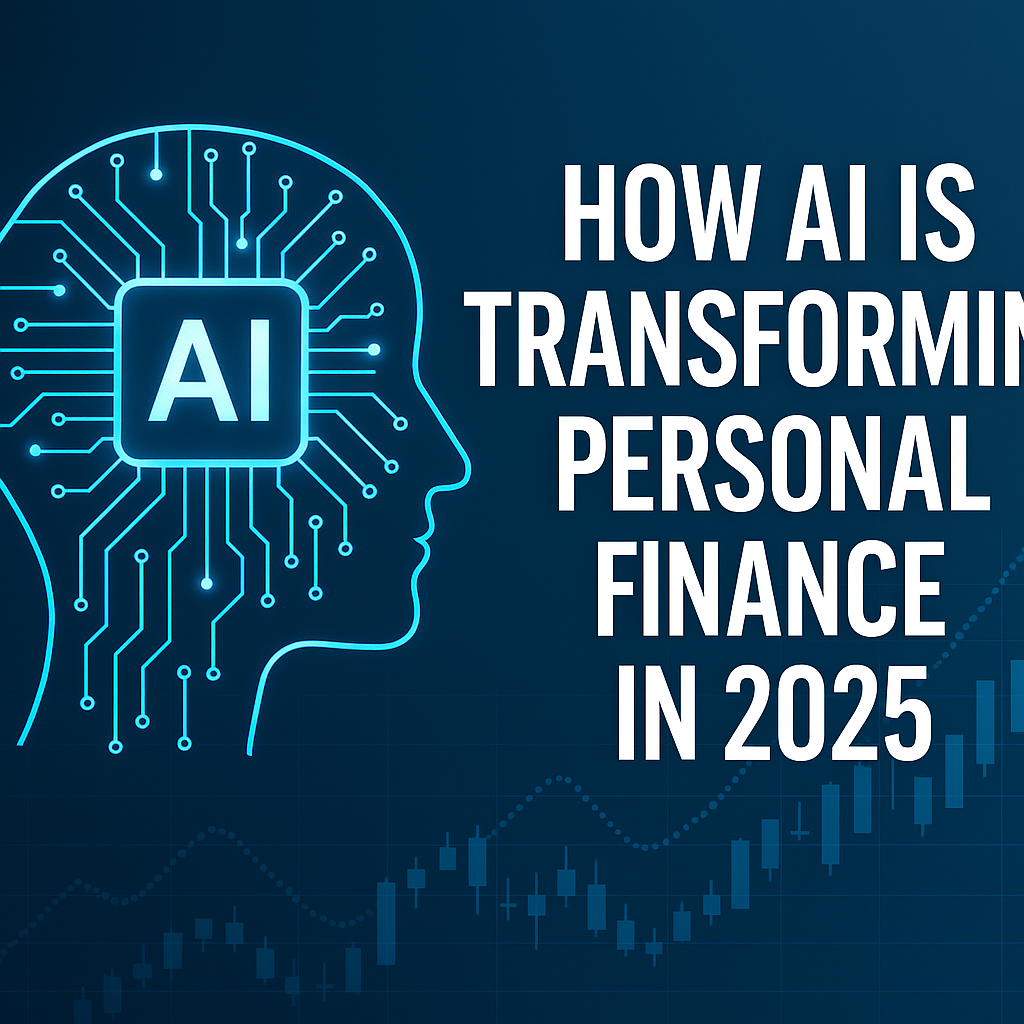Artificial intelligence is transforming finance — automating trading, detecting fraud, and personalizing banking.
But the same technology that’s making finance smarter is also making scams far more dangerous.
In 2025, AI-powered scams and deepfakes have become sophisticated enough to fool even experienced investors and professionals.
With cloned voices, realistic videos, and AI-generated documents, criminals no longer need to steal your password — they can imitate you.
Here’s how these scams work, how to spot them, and how to protect your money in the age of deepfakes.
1. The Rise of AI Scams in 2025
The financial fraud landscape has changed dramatically.
According to a 2025 report by the Federal Trade Commission, AI-assisted scams have grown by over 350% in just two years.
These scams often use:
- Deepfake videos (fake CEOs or relatives requesting money)
- Voice cloning (using AI to mimic someone’s speech)
- Phishing emails written by chatbots
- Fake investment websites that look indistinguishable from real ones
💬 Example:
In one real 2024 case, a Hong Kong company lost $25 million after scammers used a deepfake video call of a CFO to authorize transfers.
(Related: Can AI Predict the Stock Market? Here’s What Data Says)
2. How AI Deepfakes Work
A deepfake is created by training an AI model on hours of video, audio, or photos of a person.
The AI then generates synthetic versions of their face or voice that can be used in real time.
🎭 In finance, scammers use them to:
- Pose as executives or colleagues in video meetings
- Imitate bank employees on calls
- Create fake “celebrity investors” promoting crypto schemes
- Forge KYC (Know Your Customer) identity documents
The scary part?
Many deepfakes now bypass older security systems that relied on facial recognition or voice verification.
3. Common AI Scam Scenarios in Finance
Here are the most frequent and dangerous examples of AI-driven scams in 2025:
🏦 1. CEO Deepfake Scam
Fraudsters impersonate company executives through realistic video calls or emails, asking staff to “urgently transfer funds.”
💸 2. Investment Schemes
AI-generated influencers promote fake tokens, “AI trading bots,” or financial platforms — complete with falsified testimonials and whitepapers.
🧾 3. Voice Cloning for Authorization
Hackers record short clips from social media, clone your voice, and call your bank pretending to be you.
🧑💻 4. Fake Customer Service or Bank Calls
Scammers build entire fake websites or call centers that look identical to official ones, often using generative AI scripts to sound professional.
💰 5. Romance and Social Engineering Scams
AI chatbots now simulate emotional relationships over weeks or months before convincing victims to send crypto or wire transfers.
📉 Result: Victims often lose life savings — and many don’t even realize it was AI until it’s too late.
4. How to Spot AI-Generated Scams
While deepfakes are getting harder to detect, there are still warning signs you can learn to spot.
🔍 Visual Cues:
- Unnatural blinking or facial movements in videos
- Blurry backgrounds or lighting inconsistencies
- Lag between audio and lips
🎙️ Voice Cloning Clues:
- Slight robotic tone
- Odd pauses or over-formal phrasing
- Requests that sound urgent or emotional
💬 Behavioral Red Flags:
- “Too good to be true” investment returns
- Time pressure (“Act now before the offer ends!”)
- Communication switching platforms (e.g., from LinkedIn to WhatsApp)
(Related: Top 10 AI Tools Every Investor Should Know)
5. Protect Yourself: Smart Defense Strategies
Here’s how to stay one step ahead of AI scammers:
✅ 1. Verify Identity Independently
Always confirm requests for transfers or investments through a second verified channel — like a known phone number or in-person meeting.
🔐 2. Use Multi-Factor Authentication
Even if someone has your voice or password, MFA adds an extra security layer.
Biometric + device-based verification is essential in 2025.
🧠 3. Never Share Personal Audio/Video Publicly
Avoid posting voice notes or long video clips on social media — they’re raw material for voice cloning models.
💼 4. Educate Employees and Family
Most scams succeed because someone believes the fake.
Run internal training or share examples of real AI scams regularly.
🧩 5. Use AI to Fight AI
Many financial institutions now use AI-based fraud detection that analyzes tone, language, and metadata to spot fake communications.
(Also read: The Future of Banking: AI-Driven Financial Decisions)
Final Thought
AI is neither good nor evil — it’s a tool.
In finance, it’s building smarter systems and faster insights — but also smarter scams.
The key is not to fear it, but to understand it.
Because in 2025, protecting your wealth means protecting your digital identity just as fiercely.
Stay skeptical, stay informed, and remember:
If it looks real and feels urgent — verify before you trust.

